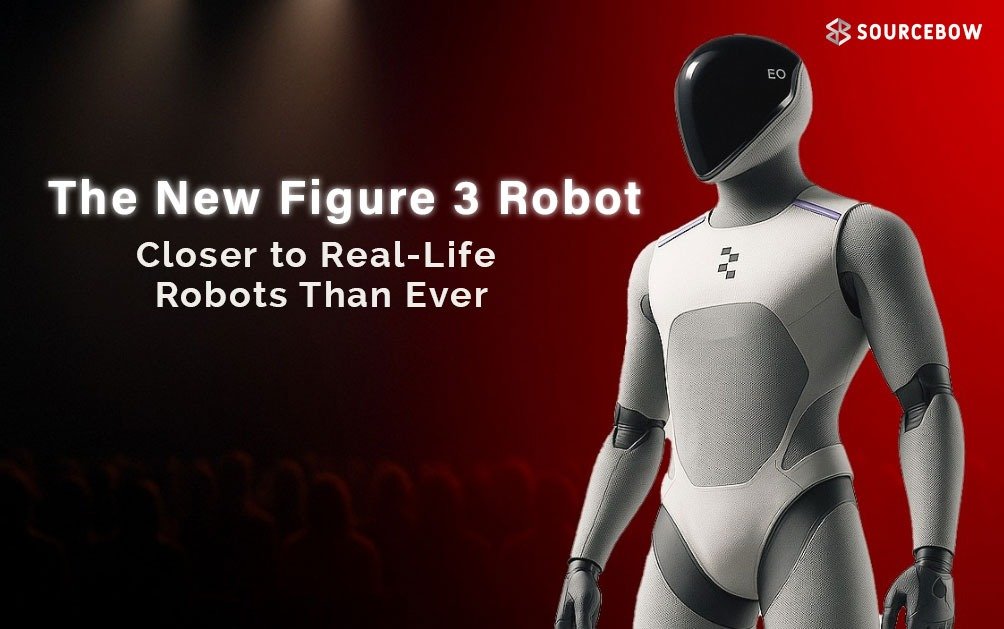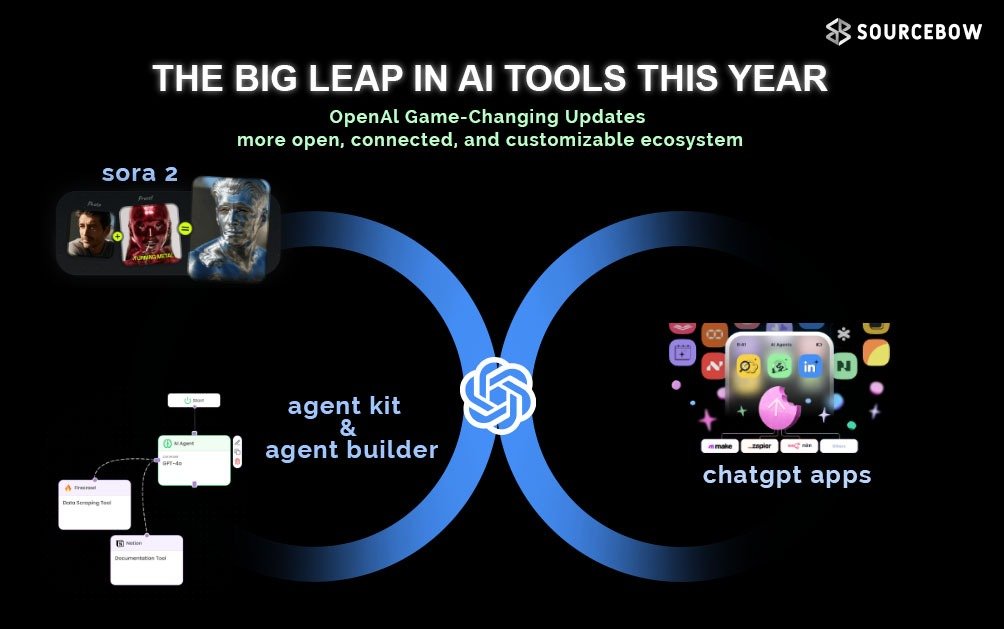Humanoid robots have always felt like a futuristic dream, but the new Figure 3 just made that dream a lot more real. With a bunch of upgrades that actually matter in day-to-day tasks, it’s moving beyond “cool tech demo” into something that could genuinely fit in homes, offices, and even industrial spaces. Let’s break down what’s new, why it matters, and how this robot is changing the game.
Figure 3 Robot Shows Human-Like Movement
The first thing anyone notices about Figure 3 is just how fluid it moves. It’s no longer the stiff, clunky robot that feels like a machine trying to imitate people. Thanks to the upgraded actuators, which are twice as fast as before, and a wider camera field of view, it adjusts itself in real time. Tasks like walking across a living room, picking up objects, or folding laundry now look natural.
The cameras have a 60% bigger field of view, latency has dropped to a quarter of what it was, and the frame rate is doubled. What does that mean in simple terms? The robot can see more, react faster, and basically “think” on its feet like a human would. Even without a human operator guiding it, Figure 3 can handle complex, long-horizon tasks with impressive accuracy.
Figure 3 Robot Has Smarter Hands and Softer Touch
One of the biggest improvements is in the hands. Figure 3 has new sensors built right into its fingertips, allowing it to feel extremely light objects—about 3 grams, roughly the weight of a paperclip. That means picking up delicate things like a smartphone, a coffee mug, or even clothes without crushing them is now possible.
The fingertips are softer and wider, giving better grip and more precise touch. Combine that with its upgraded sensory suite, and the robot can perform tasks like pressing buttons or sorting laundry without needing a second look. It’s the little touches that make a big difference when you’re dealing with everyday objects.
Figure 3 Robot Feels Lighter and More Efficient
Weight matters in robotics, and Figure 3 has shed a few pounds compared to its predecessor, coming in at around 63.7 kg. It’s powered by the largest humanoid pre-training dataset ever created by Figure, allowing it to learn from millions of scenarios in advance. This dataset helps the robot carry out real-world tasks, from cleaning to laundry, with minimal mistakes.
On top of that, the robot’s clothes are machine washable, removable without tools, and customizable. Companies can choose garments that are cut-resistant, fire-retardant, or tailored for specific industrial use cases. It’s the kind of practical thinking that makes the robot ready for different environments.
Figure 3 Robot Has Clever Perception and Real-Time Adjustment
Figure 3 can adjust itself on the fly. For example, when grabbing something inside a drawer, the robot’s palm cameras let it see around obstacles. This means it doesn’t drop or misplace objects just because its view is blocked. It’s redundant in all the right ways and recalculates movements constantly, whether folding laundry or pressing buttons.
Optical character recognition built into the robot also allows it to read labels, buttons, or screens—basically turning it into a super observant helper for household or office tasks.
Figure 3 Robot Works in Homes and Industrial Spaces
While it’s impressive in homes, Figure 3 isn’t just a fancy assistant. Figure plans to produce up to 12,000 units a year, aiming for 100,000 in the next four years. To make this happen, they switched from CNC machining to methods like die casting, plastic injection molding, and stamping. This isn’t just engineering for fun—it drastically reduces costs.
The robot can wear different garments for industrial use, and every part of it is designed to be safer and smarter. Even its toes can bend forward for balance, and induction-charging shoes keep it powered efficiently. Multi-softness surfaces reduce pinch points, and the battery system meets strict safety standards, making it surprisingly low-risk for everyday use.
Figure 3 Robot Gets Smarter and Cheaper Over Time
One of the coolest things about Figure 3 is how it gets smarter while becoming more affordable. Every robot is part of a network, transferring its experiences back to the system each time it charges. The data collected is used to teach other robots, meaning the more units out there, the faster the entire fleet improves.
Production efficiencies mean that costs could drop dramatically over time. Early units might land in the $30,000–$50,000 range, but with mass production and network scaling, prices could eventually fall to $20,000–$30,000. This brings humanoid robots into a range that’s not far off from a car or high-end tech appliance.
Figure 3 Robot Shows the Big Picture for Robotics
Figure 3 is a huge step toward robots that actually integrate into daily life. It’s not just about flashy demonstrations; it’s about real-world usability. Its combination of human-like movement, delicate touch, perception, and adaptability makes it a versatile tool.
Plus, the data-sharing network is like giving each robot a collective brain. The more robots out there, the smarter they all get. For consumers and businesses, this could mean a future where robots are not just tools but active partners in homes, offices, and factories.
Thinking About Getting a Figure 3 Robot
So, would it make sense to buy a Figure 3 when it rolls out? Early adopters might jump in for the novelty and cutting-edge tech, but waiting for the Figure 4 could let some of the first kinks get ironed out. Either way, the trend is clear—these robots are getting smarter, cheaper, and more capable faster than most people expected.
Humanoid robots aren’t just science fiction anymore. With the Figure 3, the dream of a robot that can clean, assist, and interact almost like a human is finally within reach.
Figure 3 Robot vs Figure 2 Robot Upgrades
| Feature | Figure 2 | Figure 3 |
|---|---|---|
| Actuator Speed | Standard | 2x faster |
| Camera Field of View | Standard | 60% wider |
| Latency | High | 25% of previous |
| Weight | 70 kg | 63.7 kg |
| Fingertip Sensitivity | Limited | Can feel 3 grams |
| Battery Safety | Standard | UN 38.3 Certified |
Thinking About Getting One
So, would it make sense to buy a Figure 3 when it rolls out? Early adopters might jump in for the novelty and cutting-edge tech, but waiting for the Figure 4 could let some of the first kinks get ironed out. Either way, the trend is clear—these robots are getting smarter, cheaper, and more capable faster than most people expected.
Humanoid robots aren’t just science fiction anymore. With the Figure 3, the dream of a robot that can clean, assist, and interact almost like a human is finally within reach.





